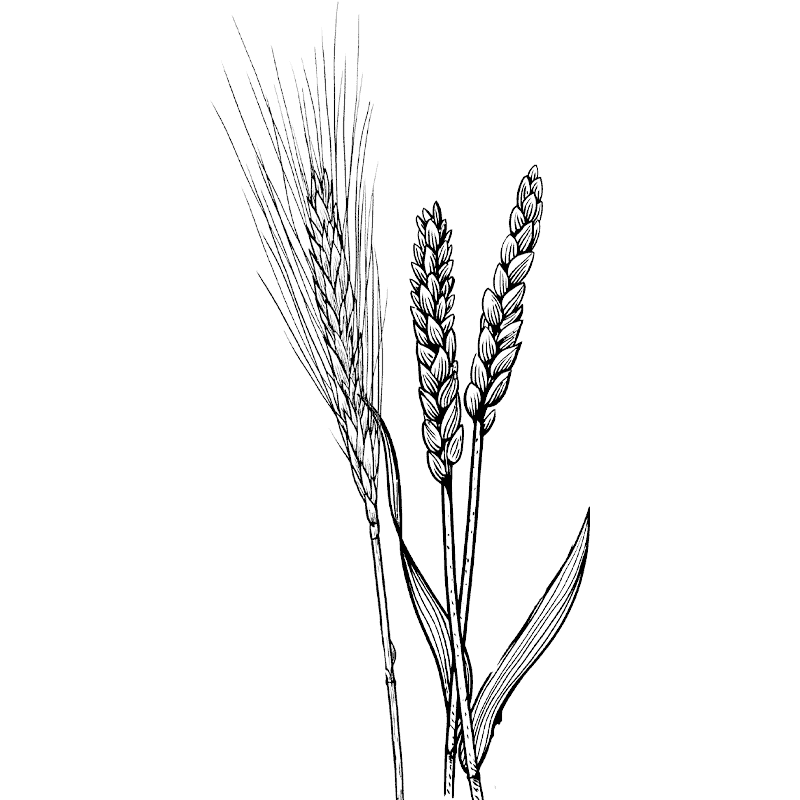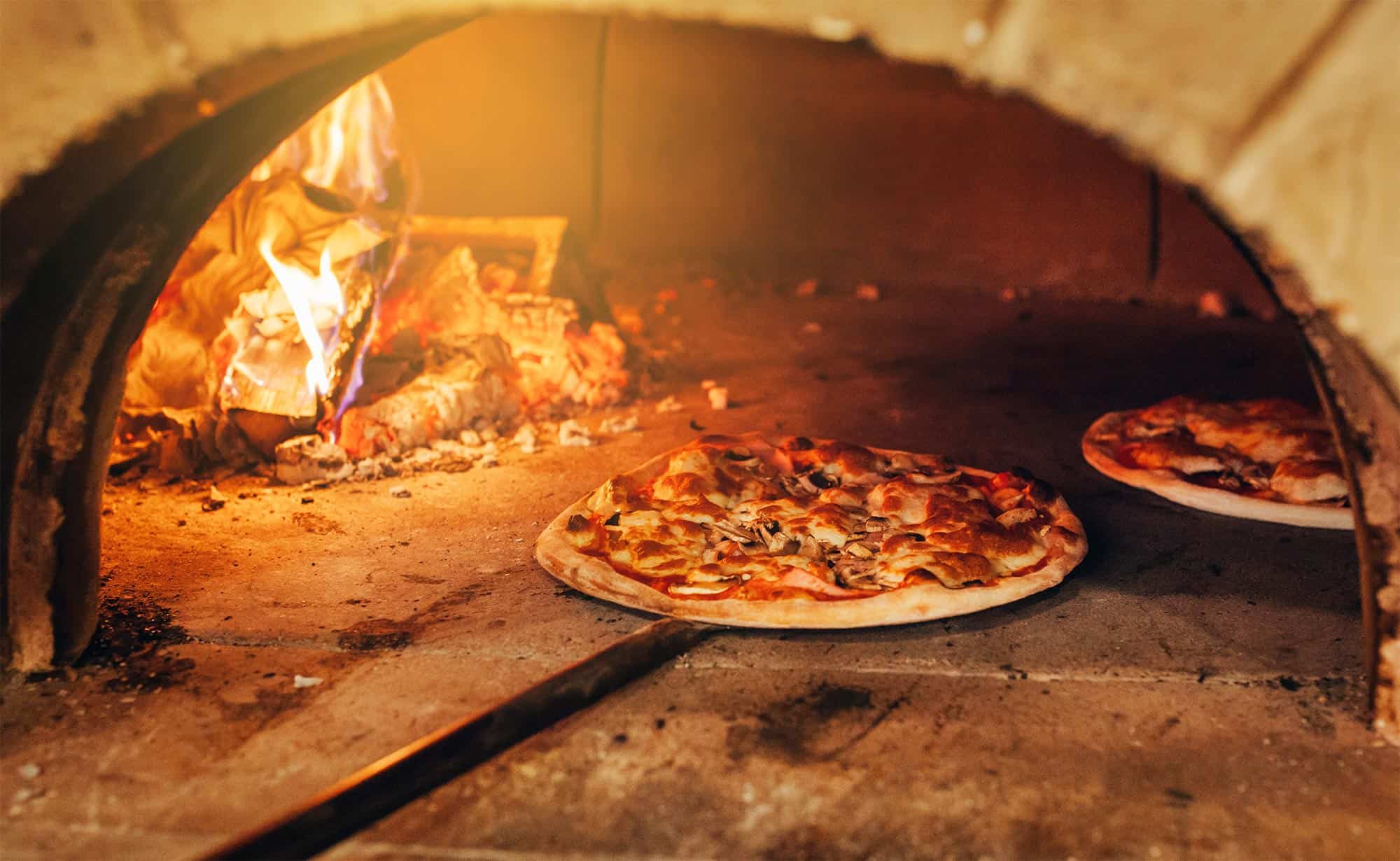Italy leads the European milling sector, with 233 mills producing over 4 million tonnes of flour per year. The flours used in Italy are produced almost exclusively in Italy. From the milling of soft wheat and durum wheat, the Italian milling industry plays a significant role in the national wheat supply chain – for both flours and semolina. The iconic symbols of Italian food, such as bread, pasta, and pizza, are the core ingredients of ‘Made in Italy’. They are not only highly valued as a component of the Mediterranean diet, but they also serve as the basis for traditional Italian cakes and pastries, which are not the same when made with other flours.
In Italy, 61 percent of flour is used to make bread and bread substitutes such as crisp taralli or grissini/breadsticks, 18 percent for the cake and biscuit industry, 9 percent for pizza production, 5% for household use, and 7% for others and exports. There is an increasing demand by health-conscious consumers in Italy for products using organic or whole wheat flour and innovative products, and, to a lesser extent, for products using regional or local wheat as a raw material.
Additionally, over the last 10 years, there has been a significant increase in exports of Italian soft wheat flour. The volume has increased by 350% in the decade after 2010 to reach around 220,000 tons. Europe accounts for 70% of total exports, followed by North America (14%), Asia (7%), and Oceania (7%). Over the last decade, the export of Italian flour to India has increased by 560 percent.










